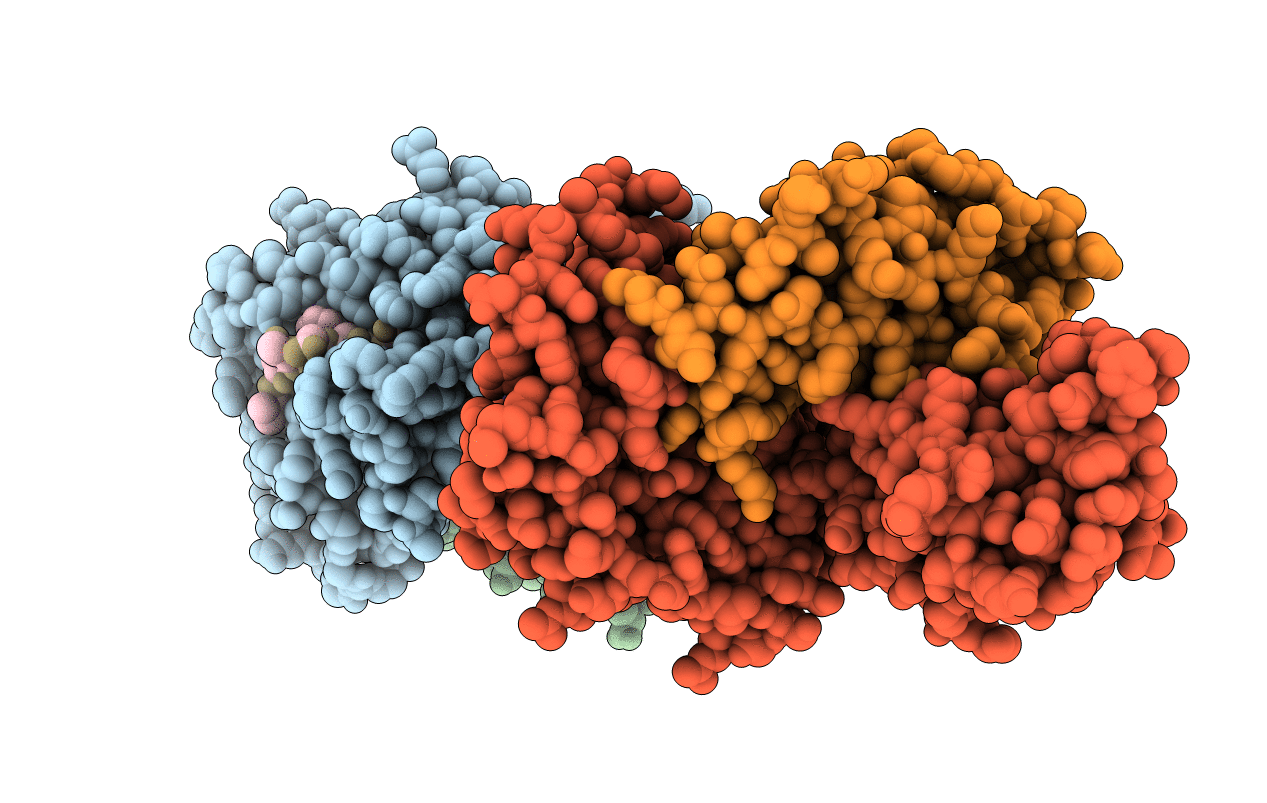
Deposition Date
2005-11-29
Release Date
2006-03-08
Last Version Date
2024-11-20
Entry Detail
PDB ID:
2C7U
Keywords:
Title:
Conflicting selective forces affect CD8 T-cell receptor contact sites in an HLA-A2 immunodominant HIV epitope.
Biological Source:
Source Organism:
HOMO SAPIENS (Taxon ID: 9606)
HUMAN IMMUNODEFICIENCY VIRUS 1 (Taxon ID: 11676)
HUMAN IMMUNODEFICIENCY VIRUS 1 (Taxon ID: 11676)
Host Organism:
Method Details:
Experimental Method:
Resolution:
2.38 Å
R-Value Free:
0.31
R-Value Work:
0.24
R-Value Observed:
0.25
Space Group:
P 1 21 1


